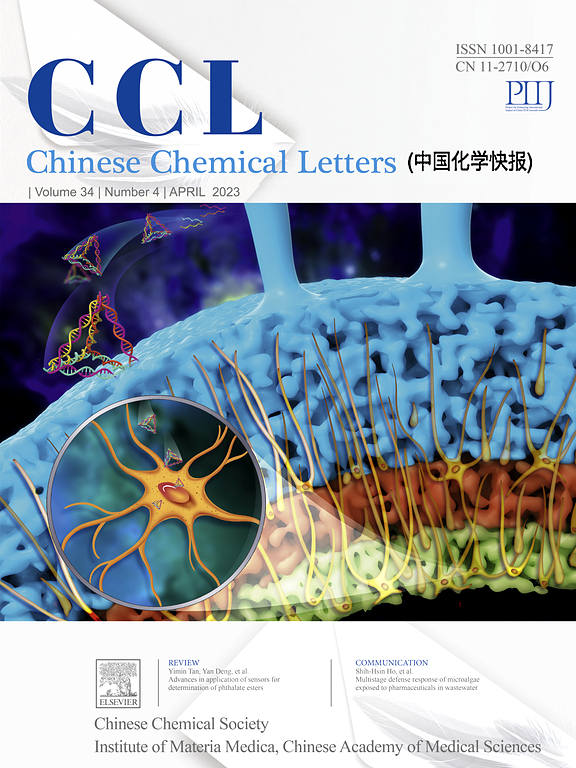Efficient synthesis of nano high-entropy compounds for advanced oxygen evolution reaction
IF 9.4
1区 化学
Q1 CHEMISTRY, MULTIDISCIPLINARY
引用次数: 0
Abstract
Developing efficient electrocatalysts for oxygen evolution reaction (OER) is imperative to enhance the overall efficiency of electrolysis systems and rechargeable metal-air batteries operating in aqueous solutions. High-entropy materials, featured with their distinctive multi-component properties, have found extensive application as catalysts in electrochemical energy storage and conversion devices. However, synthesizing nanostructured high-entropy compounds under mild conditions poses a significant challenge due to the difficulty in overcoming the immiscibility of multiple metallic constituents. In this context, the current study focuses on the synthesis of an array of nano-sized high entropy sulfides tailored for OER via a facile precursor pyrolysis method at low temperature. The representative compound, FeCoNiCuMnSx, demonstrates remarkable OER performance, achieving a current density of 10 mA/cm2 at an overpotential of merely 220 mV and excellent stability with constant electrolysis at 100 mA/cm2 for over 400 h. The in-situ formed metal (oxy)hydroxide has been confirmed as the real active sites and its exceptional performance can be primarily attributed to the synergistic effects arising from its multiple components. Furthermore, the synthetic methodology presented here is versatile and can be extended to the preparation of high entropy phosphides, which also present favorable OER performance. This research not only introduces promising non-noble electrocatalysts for OER but also offers a facile approach to expand the family of nano high-entropy materials, contributing significantly to the field of electrochemical energy conversion.

求助全文
约1分钟内获得全文
求助全文
来源期刊

Chinese Chemical Letters
化学-化学综合
CiteScore
14.10
自引率
15.40%
发文量
8969
审稿时长
1.6 months
期刊介绍:
Chinese Chemical Letters (CCL) (ISSN 1001-8417) was founded in July 1990. The journal publishes preliminary accounts in the whole field of chemistry, including inorganic chemistry, organic chemistry, analytical chemistry, physical chemistry, polymer chemistry, applied chemistry, etc.Chinese Chemical Letters does not accept articles previously published or scheduled to be published. To verify originality, your article may be checked by the originality detection service CrossCheck.
 求助内容:
求助内容: 应助结果提醒方式:
应助结果提醒方式:


